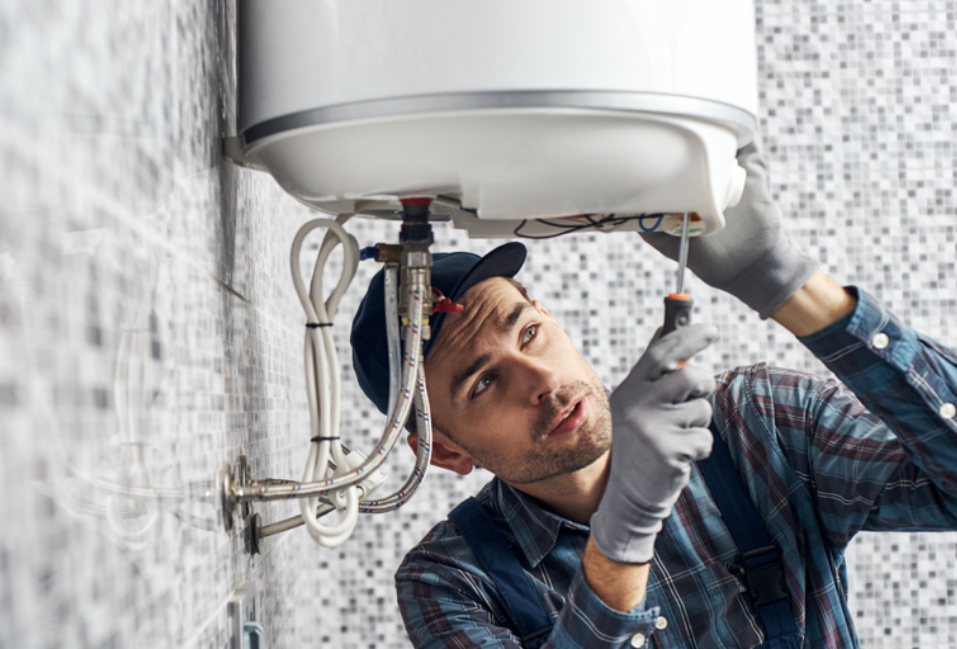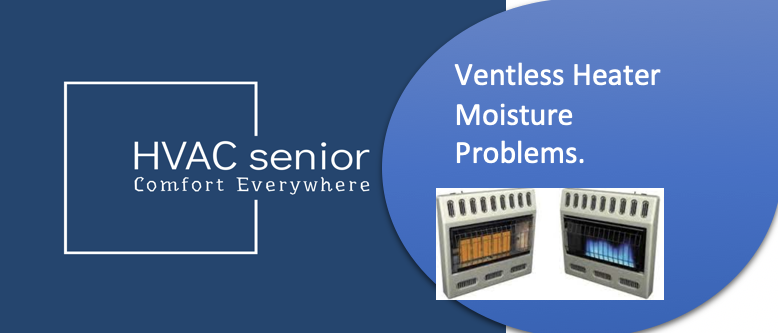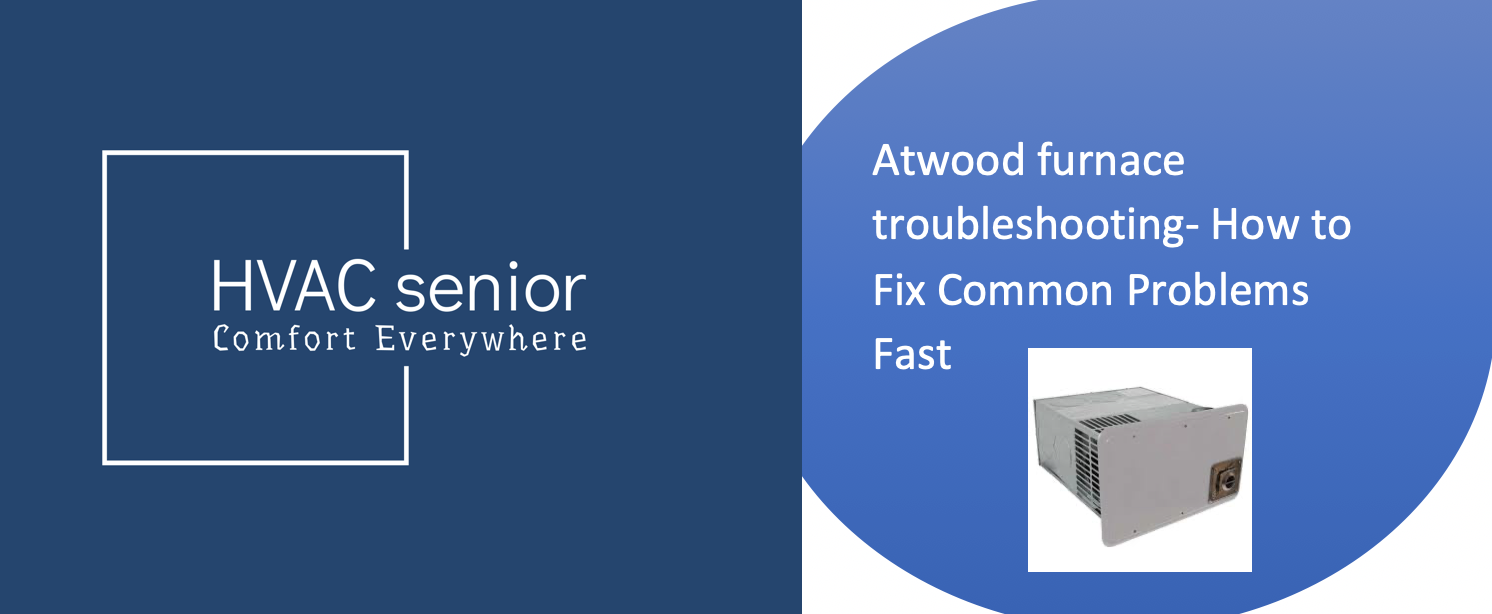Ventless Heater Moisture Problems.
When searching for the ideal heating appliance to complement your central heating system, you may have encountered ventless or vent-free heaters in the market and an issue of Ventless Heater Moisture Problems.
True to their name, these heaters operate without any attached vents, offering an appealing efficiency by preventing heat loss without an escape route for fumes.
Quick Insight: Ventless Heater Moisture Problems can be caused by Room Size,Condensation,Lack of regular maintenance,Lack of proper installation or possible leaks.
Over time, ventless heaters have gained popularity among homeowners who appreciate their efficiency, given the absence of openings for heat dissipation.
However, discussions have arisen regarding whether these heaters contribute to moisture buildup, and the reasons behind it.
Consider this: many ventless heaters are fueled by natural gas, which is released into the air during operation. Notably, natural gas comprises 80% water vapor, and without proper venting, this vapor lacks an exit path, lingering in the room.
Consequently, the humidity level spikes, creating an environment reminiscent of a tropical rainforest. This phenomenon occurs due to the accumulation of moisture from the vapors released by the ventless heater.
Related Post>>>>Best Ventless Gas Heaters.
What Type of Ventless Heaters Create Moisture?
Various types of ventless heaters are distinguished by their power sources, and among them, natural gas heaters tend to generate the most moisture due to the high water vapor content in natural gas, as mentioned earlier.
Methane, constituting 70%-90% of natural gas, comprises four hydrogen atoms and one carbon atom. When burned in the presence of oxygen, it produces a significant amount of water vapor and carbon dioxide.
This is precisely what occurs in a natural gas heater, as it combusts natural gas in the presence of oxygen, leading to the release of water vapor.
Following natural gas heaters are ventless propane heaters, which also contribute to moisture when operated indoors. The combustion process involves an interaction between propane, oxygen, and carbon dioxide, resulting in the release of water vapor.
Since these units lack vents, there’s no means for the fumes or moisture to be expelled; instead, they are released into the room, potentially causing a noticeable increase in indoor humidity.
Catalytic and blue flame ventless heaters are additional examples that produce water vapor during combustion. On the other hand, electric ventless heaters and wood-burning ventless heaters generally lack the capacity to generate significant moisture, if any.
In fact, wood burning is occasionally considered a dehumidifying agent.
Why Do Ventless Heaters Create Moisture?
Ventless heaters, especially those powered by natural gas and propane, contribute to moisture primarily because the heat sources contain water as part of their composition, and this water content is released as vapors during combustion.
In fact, for every pound of natural gas combusted by the heater, approximately 2.25 pounds of water vapor are produced, constituting around 12 percent of the total exhaust weight. Therefore, moisture creation is inevitable as a by-product of combustion for these types of ventless heaters.
Furthermore, the fact that these heaters are vent-free exacerbates the issue. Unlike vented propane or natural gas heaters, ventless ones lack an escape route for the moisture created. The situation can be further aggravated in poorly ventilated spaces.
Another factor contributing to moisture-related concerns is the potential oversizing of ventless heaters. When these heaters are too large for the rooms or spaces they are deployed in, it results in an excess amount of moisture. If not addressed, the accumulated moisture could lead to problems such as mold and mildew.
Possible Problems Due to Ventless Heater Moisture.
The foremost repercussion of moisture generated by ventless heaters is condensation, leading to potential damage across various surfaces and causing health concerns:
- Surface Damage: Moisture accumulation can result in condensation on appliances, electronics, furniture, walls, and even wooden floors. This can lead to structural damage over time.
- Window Condensation: Window condensation serves as an early indicator of excessive humidity, signifying an imbalance between indoor moisture and ventilation. If not addressed, this can escalate to the growth of mold and mildew, distorting surfaces.
- Health Impact: Excess humidity poses health risks, particularly to the upper respiratory tract. The thriving environment for bacteria, fungi, and harmful organisms in damp conditions can contribute to health complications.
- Skin Reactions: Skin reactions are common, as the water vapor produced during heating combustion acts as a pollutant. This can lead to irritations and discomfort.
- Electrical Appliance Damage: Condensation settling on electrical appliances can result in damage over time, posing a threat to their functionality and longevity.
How to Deal with Ventless Heater Moisture Problems?
Below listed are the most effective ways to address the moisture problems created by ventless heaters.
*Size the heater properly

Excessive humidity stemming from ventless heater moisture often arises when the heater is oversized for the room. It’s crucial to avoid choosing a heater that is too large, irrespective of your room size.
Opting for an excessively large heater not only leads to severe consequences associated with elevated humidity levels but also poses the risk of carbon poisoning.
Therefore, it is imperative to select a heater that is appropriately sized for the specific dimensions of the space to avoid these potential issues.
Get Fresh Air In
- Fan Installation: Installing a fan in the room is an optimal solution. This facilitates the introduction of controlled and forced air, aiding in the dispersal and drying up of water vapor in the atmosphere.
- Air Conditioner Usage: Another effective method is the use of an air conditioner. This appliance can bring dry, cool air into the room, thereby reducing both the creation and retention of moisture.
By incorporating these solutions, you can efficiently manage and mitigate the challenges associated with excess moisture from ventless heaters.
*Leverage Ventilation.
Preventing moisture issues in the room can be straightforward.
Consider the following simple step:
- Partial Window and Door Opening: An easy and effective approach is to partially open windows and doors. This allows fresh air to enter the room, aiding in the significant reduction and breakdown of moisture vapors.
*Use a dehumidifier.

If other approaches have proven ineffective, the installation of a dehumidifier becomes a viable consideration.
A dehumidifier is a solution that effectively reduces the moisture generated by the ventless heater without compromising the warmth in the room. It’s worth noting that, while effective, this option is the most expensive when it comes to addressing heater moisture problems.
*Do not run all the time.
You shouldn’t run the heater at all times when you are dealing with excess moisture. You can schedule some breaks in between a few hours of operation while letting air in whichever way possible.
Conclusion.
Ventless heaters, especially those powered by natural gas or propane, can lead to excess moisture, posing risks of damage to surfaces, health complications, and electrical appliance issues.
Proper sizing, ventilation, and strategic measures like using fans or dehumidifiers are crucial for maintaining a balanced indoor environment and mitigating associated challenges.
Frequently Asked Questions (FAQs)
Why do ventless heaters, especially those powered by natural gas, contribute to excess moisture in a room?
Ventless heaters, particularly natural gas ones, release water vapor as a by-product of combustion. Approximately 2.25 pounds of water vapor are produced for every pound of natural gas combusted, constituting around 12 percent of the exhaust weight. This contributes to moisture buildup in the absence of proper ventilation.
What are the potential consequences of moisture generated by ventless heaters?
The repercussions include condensation on surfaces such as appliances, electronics, furniture, and walls, leading to potential structural damage. Window condensation may occur as an early sign of excess humidity, progressing to the growth of mold and mildew. Health issues, skin reactions, and damage to electrical appliances due to condensation settling are also common.
How can one prevent moisture problems associated with ventless heaters?
Simple preventative measures include avoiding oversized heaters, ensuring proper ventilation, and introducing fresh air by partially opening windows and doors. Additionally, installing a fan or using an air conditioner can help disperse and dry up water vapor. In more challenging cases, the use of a dehumidifier is an effective option, although it is the most expensive solution.
Can using a vented propane or natural gas heater eliminate moisture problems?
Yes, using a vented propane or natural gas heater provides an escape route for the fumes and moisture generated during combustion. Unlike ventless heaters, vented ones release these by-products safely outside, minimizing the risk of moisture buildup and associated issues.















